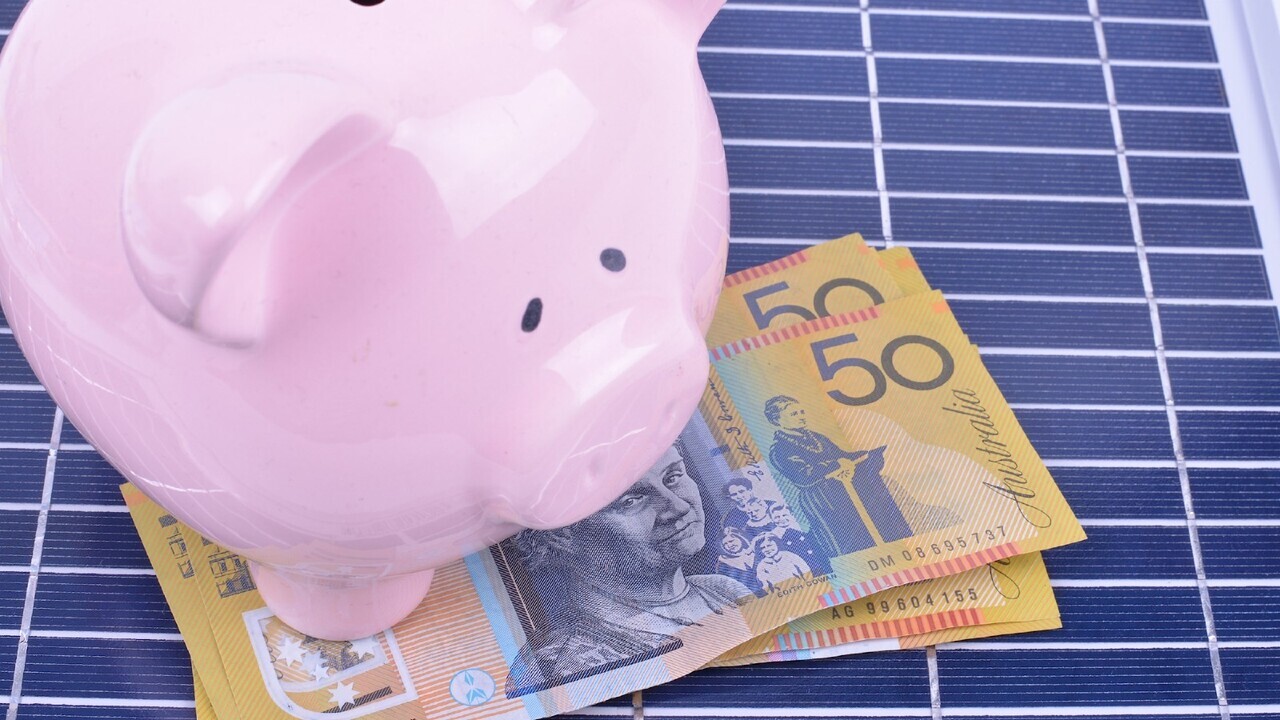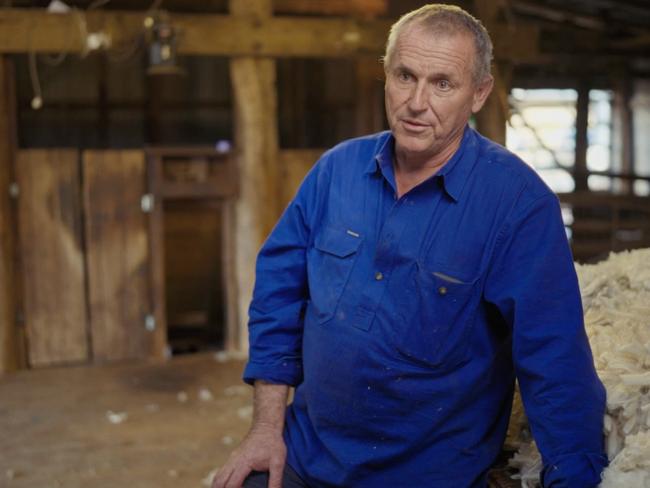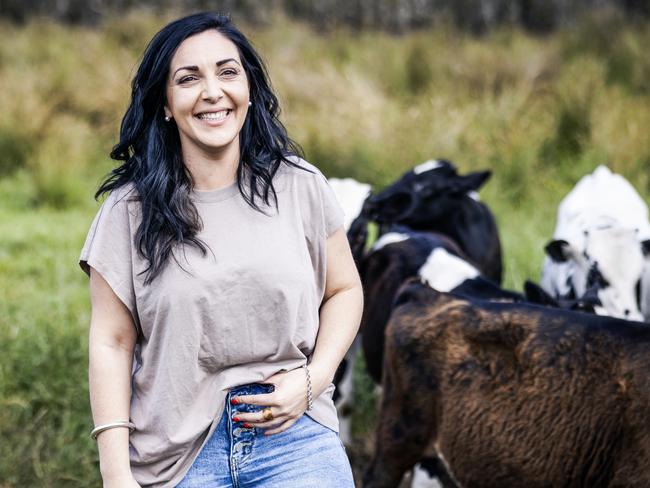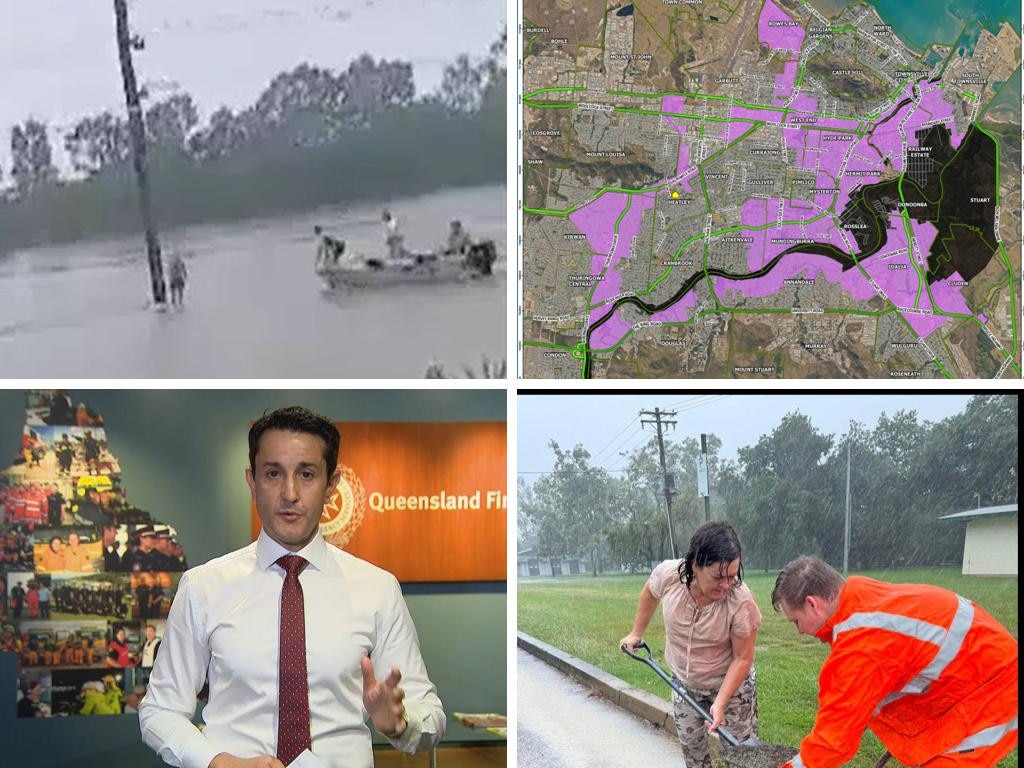Government says area equal to a third of Tasmania must have solar, wind farms for Australia to reach net zero by 2050
The government says an area equal to a third of an entire Aussie state must be earmarked for renewables projects, but critics are sceptical and warn of the consequences.

Renewables projects and new transmission lines will need to span an area equal to a third of Tasmania for the nation to reach net zero by 2050, according to calculations used by the Albanese government.
As the rapid rollout of green power schemes causes growing angst in parts of regional Australia, this masthead can reveal the federal Department of Climate Change and Energy estimates 0.3 per cent of Australia’s land mass will be required for solar and wind farms, as well as power lines.
That is about 23,000 square kilometres.
By comparison, some critics of Labor’s reliance on renewables – such as the Institute of Public Affairs (IPA) – have forecast nearly 1.2 million km2 or 15 per cent of all land would be encumbered.
That is an area larger than South Australia.
In disclosing the government’s estimate for the first time, Climate Change and Energy Minister Chris Bowen lampooned the IPA’s calculations.
“The IPA couldn’t even bring themselves to admit that climate change is real at a senate committee” recently, he said.
“They are an anti-renewable energy talking shop and I don’t take anything they say seriously.”
The government said the IPA’s assumption for the amount of renewable power required was as much as 25 times too high.
However, IPA deputy director Daniel Wild said its estimate was based on Anthony Albanese’s aim of making Australia a “renewable energy superpower”.
“That’s a government policy,” Mr Wild said. “They just haven’t said what that means in any level of specificity.”
In its calculations, the IPA assumed all of Australia’s current energy use and exports of coal, gas and oil would have to be replaced with wind and solar.
The Department of Climate Change and Energy’s 0.3 per cent estimate includes all the space inside the boundaries of renewables projects needed to reach net zero emissions.
However, the department has advised that the total area of “direct cover” would be just 0.1 per cent of Australia’s total land mass because wind turbines and solar panels wouldn’t take up all of that internal area.
ANU professor of engineering Andrew Blakers has calculated that an even smaller amount of land would be directly covered by turbines and panels – about 0.02 per cent of Australia’s land.
Prof Blakers said solar farms would coexist with agriculture, such as sheep grazing.
“This is the future,” he said. “I think it’s going to become extremely common.”
At least 23,000 sheep are grazing under panels on 15 solar farms nationally, according to the group Farmers for Climate Action. To put that in context, there are more than 75 million sheep in Australia.

Merino wool grower Tony Inder, who runs about 2000 sheep on a Lightsource BP solar farm near Wellington in NSW, said yields are 20 per cent better under the panels compared to a control flock.
“Without a doubt we are producing more” due to benefits including more shade, dew run-off and better animal health, Mr Inder said.
Labor’s critics aren’t the only ones to produce high estimates for the land needed for renewables.
The ALP has done it, too.
In 2022, Victoria’s Labor government warned that up to 70 per cent of agricultural land could be needed for wind and solar projects. It did so in trying to build the case for offshore turbines.
“Rightfully, a lot of people lost their minds about that,” recalled Victorian Farmers Federation president Emma Germano.

Worried that the highest-value land is still in jeopardy, the VFF has done its own maps showing the areas it believes must be protected.
Too many people have been thinking only about emissions reduction targets and not what the consequences look like in a decade’s time, Ms Germano said.
Ms Germano noted that the Paris Agreement — the legally binding international treaty on climate change, which nearly 200 countries have signed up to, including Australia — states that food production should not be threatened.
“Instead we are just going hell for leather on energy,” she said.
The VFF claim farmers’ interests continue to get “steamrolled” in a “reckless renewables rollout”.
One major example it cites is the VNI-West transmission line, slated to cut through southern NSW and northern Victoria.
On this project and others, planning and stakeholder engagement had been poor, Ms Germano said.
Leaders of farmers groups in NSW had reported similar failures, she added.
More Coverage
Originally published as Government says area equal to a third of Tasmania must have solar, wind farms for Australia to reach net zero by 2050





